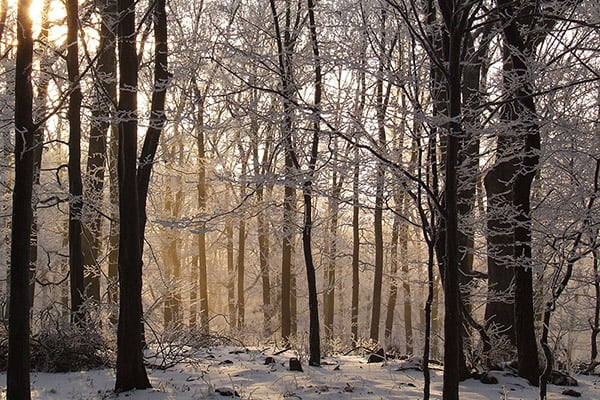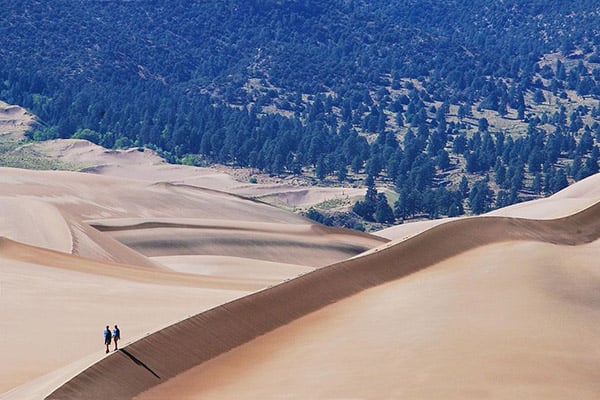Last Updated on
This fall we covered the important topic of surviving in your vehicle during a winter emergency, but what are you to do if there is no vehicle to be had for shelter? Cold weather excursions into the wilderness can offer a glimpses of winter beauty and a sense of calm not found in other seasons, but they can lead to dangerous situations if you’re not prepared. Whether you’re out on a hike, hunt or snowshoeing trip, a fall on the ice or a wrong turn could lead to one of the hardest nights you’ve ever experienced. Your survival could hinge on what you have in your pack and what you do in this tense situation. Here are several survival tips and gear suggestions to help you survive a winter emergency.
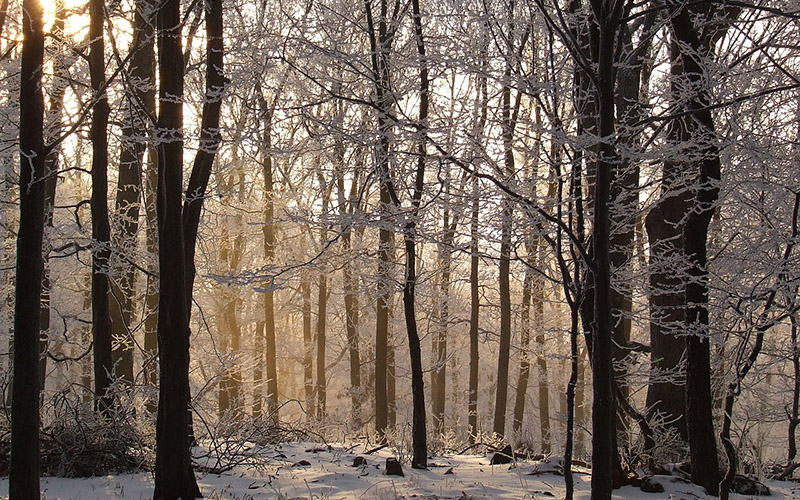
Pack Efficiently
You have to strike a balance when you leave on any winter day trip. You can’t expect to cover a lot of ground with a ton of gear on your back, but simply heading out with a bottle of water in hand isn’t ideal either. You’ll want to start with a medium to large sized backpack / day pack and fill it with gear that will be invaluable should you get stranded overnight. A common list of items to consider includes:
- Fire starting materials – matches, lighters, fire pistons, etc. Make sure you have a primary option and a backup fire option if the first fails.
- Headlamp – useful for working and finding firewood after dark, signaling rescuers or finishing that last mile before the trail head at dusk.
- Saw or hatchet – gathering enough loose firewood to sustain a survival fire through the night can be hard if not impossible work. A saw or hatchet can be of great use to build your firewood stock. Select one that you can count on, and make sure it isn’t cheap or prone to breaking easily.
- Small cooking pot – hydration is extremely important in winter survival. You will need to melt snow or boil water to stay hydrated if the option is available, and a small pot to boil in is well worth packing. To maximize space, you can pack other gear inside the pot and stash it in your pack.
- Survival knife – you should never leave on a hike without a knife, be it summer or winter. Select a strong, fixed-blade knife with a straight edge and drop point for the best universal survival option.
- Cordage – line or cordage is always a good thing to have in your pack. Its primary purpose in winter survival is to help you build shelters, but you never know what other ways it might come in handy. Paracord is always the best option for cordage if it is available.
- Ultralight sleeping bag or blanket – this last item isn’t for everyone, but if you can fit a sleeping bag or blanket in your pack, your odds of surviving a cold night go up. Backpacking specific gear is the only way to go. Several companies have found ways to shed weight on sleeping bags, and this is a must if you’re planning on toting a sleeping bag simply for emergencies. Be warned, backpacking sleeping bags can be pricey, but the investment is well worth it if you need the extra measure of safety.
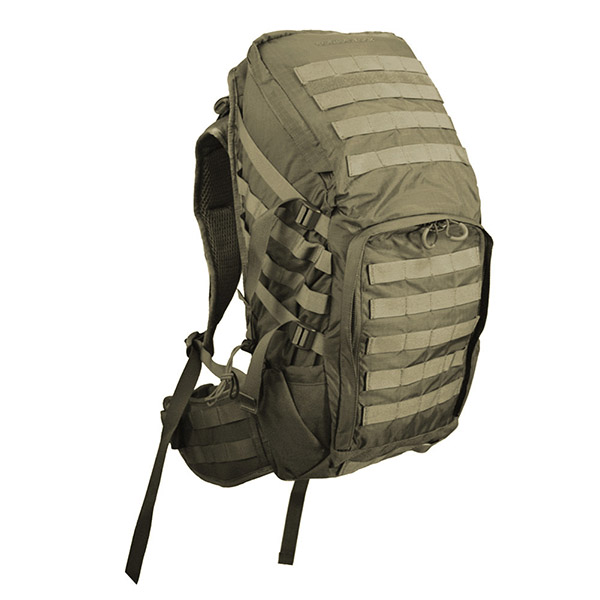
Fire And Shelter
The moment the realization hits that you might be lost or facing a night in the wilderness can be a hard one to swallow. It is common for most people to panic, but what you should be focusing on first is fire and shelter. There is some debate as to whether shelter or fire is the more pressing need, but when cold temperatures threaten, a fire can save your life and should be your first priority. That said, harsh weather like a blizzard can make it tougher to build a fire, and a shelter may become the more pressing need.
Ideally you’ll want to have both a fire and shelter setup before darkness sets in, and this means you may have to give up on making your way out until morning early just to set these measures up. Ultimately it will be your judgment call. If you think you can get out before it gets too dark or you have a good idea of where you’re going, then by all means you should push on. However if you’re completely turned around or injured, you may have no other choice but to start early on a fire and shelter.
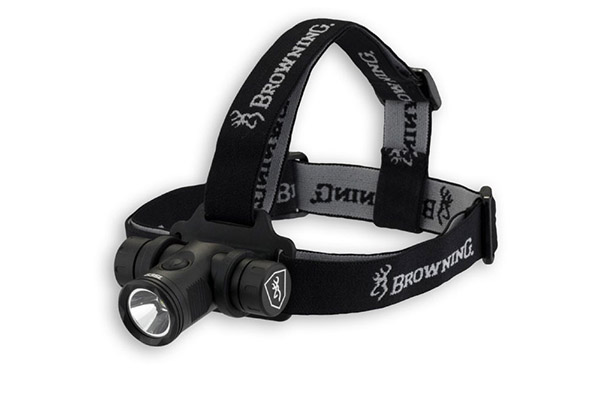
As you look around to select a spot to sit out the night, try to find a location that will accommodate both a shelter and a fire. Select a location that is out of the wind and doesn’t have any potential hazards lurking overhead. Before you ever start a fire, make sure you have plenty of firewood and kindling on hand. There is nothing worse than starting a fire only to find you don’t have enough material on hand to keep it going. As for the shelter building, make sure you insulate yourself both above and below. The cold ground can suck a lot of warmth out of you overnight, and placing pine needles or other lofty vegetation underneath you can make a huge difference.
Layering
It is something you hear time and time again in winter clothing, you need to layer properly before you ever travel in winter conditions. This is even more important when you face a survival situation in cold weather. You have to carefully manage your temperature and prevent excessive sweating in any emergency situation. Working hard with every layer on could lead to sweat pooling in your clothes, and once the temperatures drop, hypothermia becomes a dangerous possibility. Never work too hard, even when the panic of survival sets in, and shed layers when you feel yourself getting sweaty or too hot.
The easiest way to think of layering involves:
- Base layer – base layer garments consist of both a long sleeve top and pants. They should fit relatively tight on your body and contain moisture wicking properties to draw sweat away from your skin.
- Mid layer – this layer goes over your base layer and provides insulation. Items like fleeces and other warm, fluffy garments make great midlayers. You don’t have to worry about a hardshell or weather resistance in a mid layer. It just needs to be warm and fit under the top or outer layer of clothing. The mid layer can either be just a top jacket or fleece or both jacket and pants depending on how much protection you need.
- Outer layer – the outer layer is the top layer designed to shed water, rain, snow and wind. This is the parka layer, and thick, heavy jackets and pants are always the best option for the outer layer. Waterproofing or water resistance is a must-have in this layer for winter survival. Make sure the jacket you select has a hood.
- Accessories – layering doesn’t stop with the primary items. You need all the vital accessories to survive the cold like hats, gloves and socks.
- Boots – winter hiking boots are the best option for winter excursions, and they should have good treat for ice and waterproofing to keep water out of your boot as you hike.
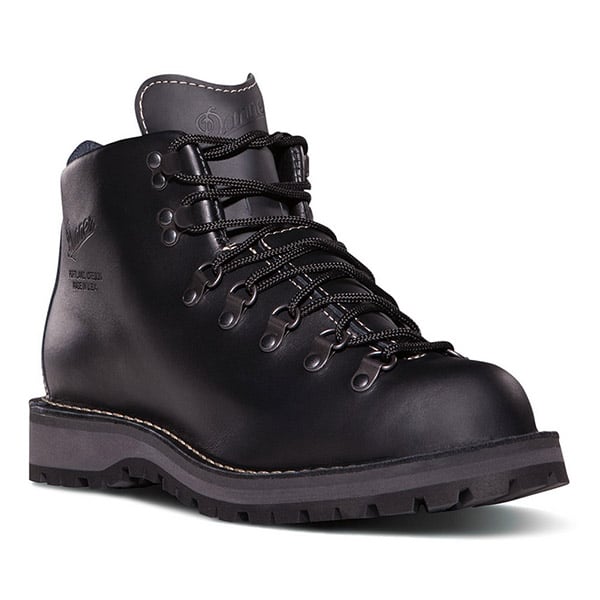
Make Your Way Out
After doing all you can to survive a cold night, you’ll want to make a fresh push to get out the next day, even if you’re injured. Search for areas with cell service, and call on your knowledge of the area to find roads or other reference points to lead you out. You probably didn’t sleep much if at all through the night, and as soon as the sun rises, it is your signal to get moving. Prepare for the worst and you’ll be able to make it through the night if you do get stuck in a winter survival situation.
Image one and thumb courtesy of Wikimedia Commons.
